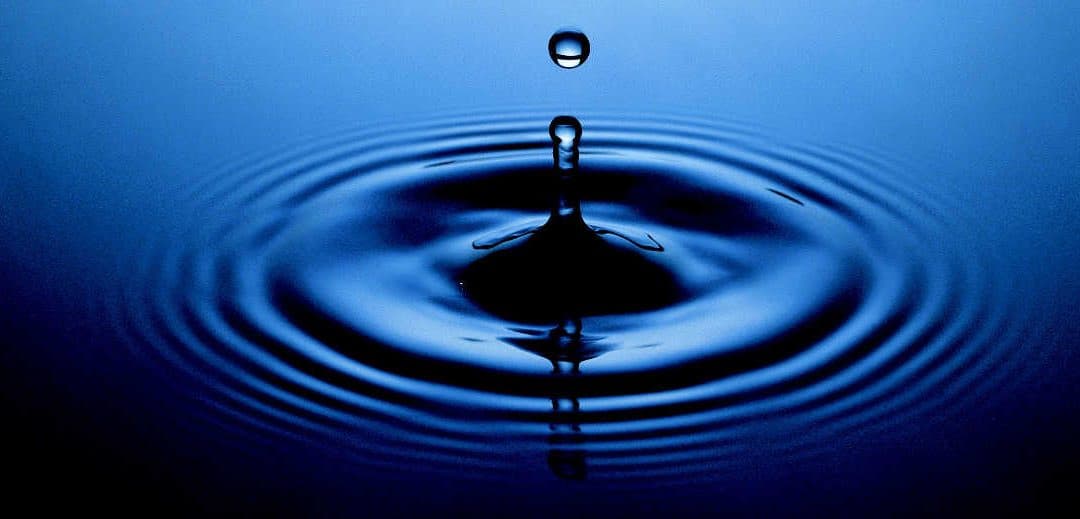The design, operation and maintenance procedure for low endotoxin levels, of our well adapted and functional but not state-of-the-art purified water distribution loop.
Some applications for recombinant proteins are not impacted by pyrogens, even when the chosen expression system generates them at high levels (example of E. coli). However, for those applications where this is a concern, we needed a system that we could operate “pyrogen-free”, but constrained by equipment and operation costs.
Our design:
Water treatment sequence: softener, reverse osmosis, ion exchange, 0.2µm filter sanitized in place. This is certainly less than most suppliers of water purification systems would recommend for WFI water. Risks remain that the system will fail to provide pyrogen-free water at all times, in particular in summer after a week end, because the issue starts with bacterial growth within the system. The water is then stored in 2 independent 200L liter tanks and forced through a 120 meters PVC loop that recirculates into the tanks, distributing on its way 13 usage points around the labs. Recirculation (set for 15’ every 2 hours), through a loop with an in-line 0.2µm filter, designed without dead-ends (defined in our case by “no dead-end length superior to 3 times the tubing diameter”) certainly adds protection against bacterial growth and therefore against endotoxins.
We use between 1000 L and 3000 L per day; which ensures the RO systems do not rest and limits the average residence time in the tanks and loop: that also helps.
We chose to not include an on-line UF nor UV, for the additional cost and maintenance burden they would add.
Operations & maintenance
For sanitization, we derived our procedure from that used to regenerate UF cassettes, which showed to be very efficient. Our recipe for 500 litres of decontamination & depyrogenation solution:
- 5 litres of caustic 10N
- Bleach: either (a) 12.5 litres of a 2.6% solution from the local store, or (b) 3.3 litres of a 9.6% solution
- “Normal” contact time : overnight (Minimum : 3 hours)
The advantage of using caustic as one of the components is that it can be used to determine when the rinsing is sufficient. The “apparent” pH (the true pH of pure water has to be 7, should it not?) of purified water drop quickly when in contact with air, because of its carbonation. Traces of caustic will tend to increase the pH.
We assume therefore that when a simple pH paper soaked with rinse water, indicates something around 7, the rinsing is complete. That is convenient when it can save a rinsing step (several hours) and the users are screaming to know when they can start using the water again.
The efficiency of the entire decontamination process is checked using the PTS (Charles River). This portable system gives real-time results. Convenient: if the tested sample contains decontamination residues interfering with the test, the system will refuse to give an answer.
“Just I case” Murphy’s law applies, and we may realize on a Monday morning with a heavy production program, that our pyrogen levels are making us nervous, we thought of a back-up. Looking at removal performance, expected flow rates at our given pressure, supplier guarantees, we elected to hold a couple of Millipore’s BioPack in stock.
The device is ready-to-use and removes undesirable water contaminants such as pyrogens, micro-organisms etc.
The theory is simple: plug it on the point of use and you are ready-to-go!
In practice, finding the right adaptor that would fit our point-of-use oulets and the ¼ threaded device was like a Lego game, but with the assistance of Millipore, we found an assembly that worked.
To this date, we never had to test this emergency procedure, which is what we want for a back-up.
We initially noted an increase in pyrogens approximatively one month after each sanitization, with an obvious biofilm on the tank walls and ceiling, above the water surface level.
The decontaminant is only efficient by direct contact, so even when filling the tanks with our solution up to the overflow, the tank ceiling was never decontaminated. Then condensation or splashes from the loop return would soon carry the biofilm back into the purified water.
The solution to that threat is a simple spray head, in the tank on the loop feed-back, which ensures that during decontamination, the solution does get in contact with all the surfaces (and that the rinses reach the same surfaces thereafter).
Conclusion
If one accepts a system that is reliable “only” 99.9 % of the time, is ready to understand and control it, operational satisfaction and great (time and money) savings can derive.
That of course might only be the case for organisations such as ours that rarely do the same twice, and less applicable to a true manufacturing facility, although one might pretend that is the ultimate application of the FDA PAT initiative: process understanding is the key to quality and savings. :’)
Feel free to react!



